Categories
Recent Posts

We Mainly Bulid Volume Production & High Difficult Printed Circuit Boards and PCBA for 19+ years!
Send Your PCB Gerber and BOM to Sales@ucreatepcb.com, we will quote you in 2 hours!
The raw materials of the PCBA circuit board production line are printed circuit boards, various integrated circuits and electronic components. Through these production lines, these integrated circuits and electronic components are placed and welded on the printed circuit boardThe current popular SMT surface mount technology is relative to the early through-hole technology (THT), which is to "stick" components on the circuit board, rather than inserting components into the circuit board like through-hole technology. Solder in the through hole. SMT technology is known as a revolution in electronic assembly. So, what are the steps in the PCBA circuit board processing process?
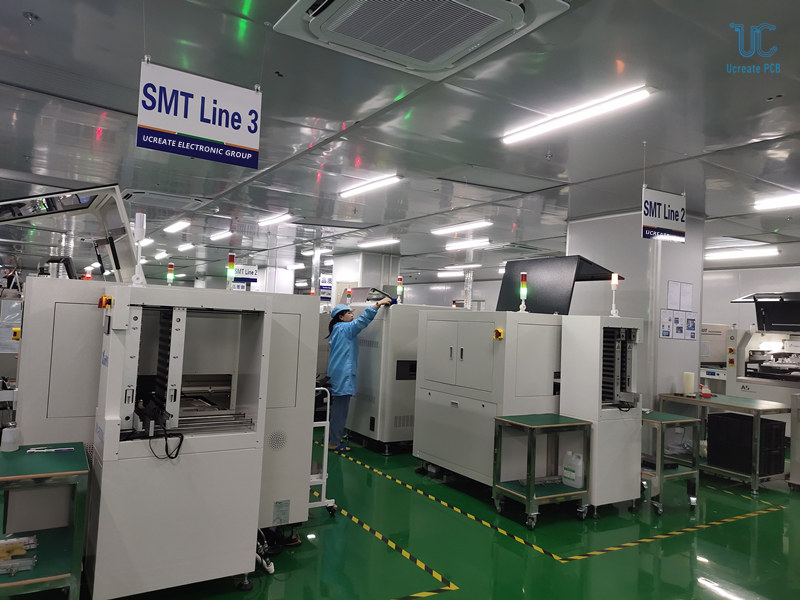
1. Printing Solder Paste
The squeegee pushes the solder paste forward along the surface of the stencil. When the solder paste reaches an opening area of the stencil, the downward pressure exerted by the squeegee forces the solder paste to pass through the stencil opening area and onto the printed circuit board.
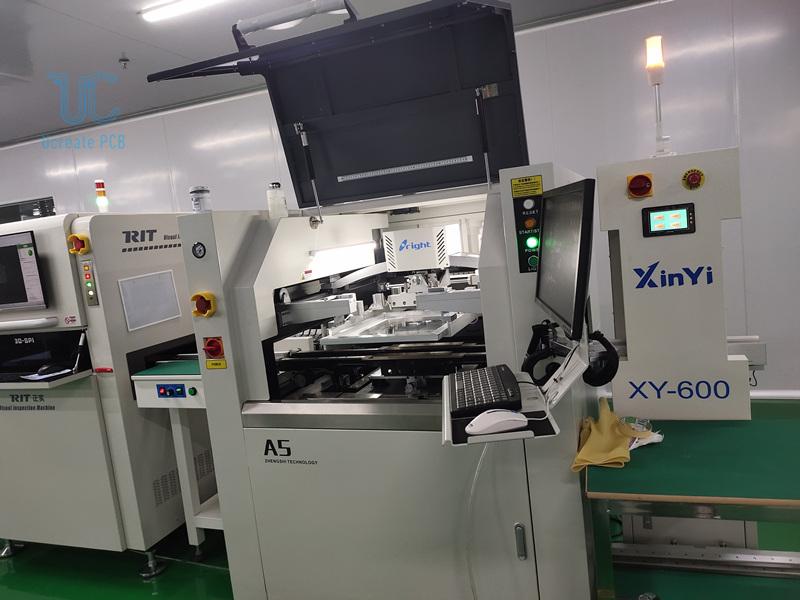
2. Apply Adhesive
The printed circuit board with double-sided assembly is used to prevent the bottom surface mounting components during wave soldering or the bottom large integrated circuit components from melting and falling off during double-sided reflow soldering. Adhesives are required to stick the components. In addition, sometimes it is necessary to stick it with an adhesive in order to prevent the position of the heavier component from moving when the printed circuit board is transported.
3.Component Placement
This process is to use an automated SMT placement machine to pick up surface mount components from the feeder and accurately mount them on the printed circuit board.
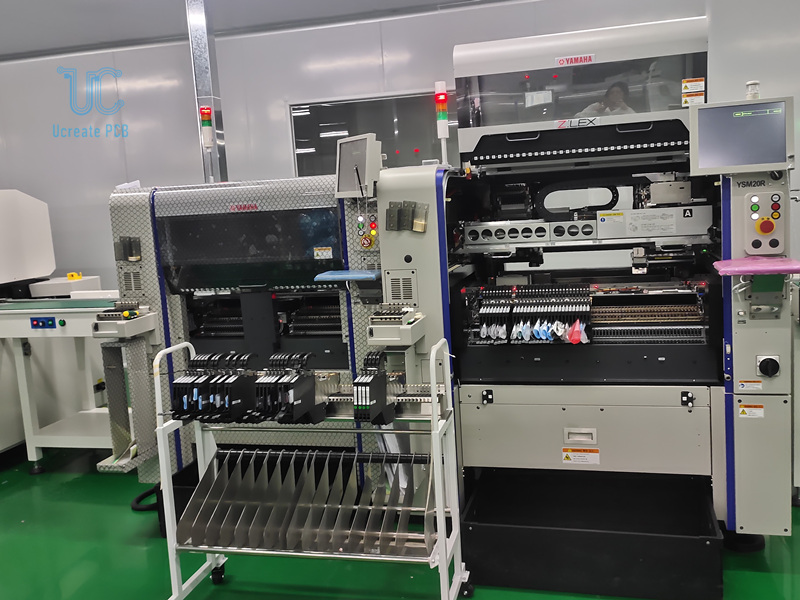
4. Pre-weld and Post-weld Inspection
Before the printed circuit board assembly goes through reflow soldering, it is necessary to carefully check whether the components are well mounted and whether there is any deviation in position. After soldering is complete, solder joints and other quality defects need to be inspected before the printed circuit board assembly goes to the next process step.
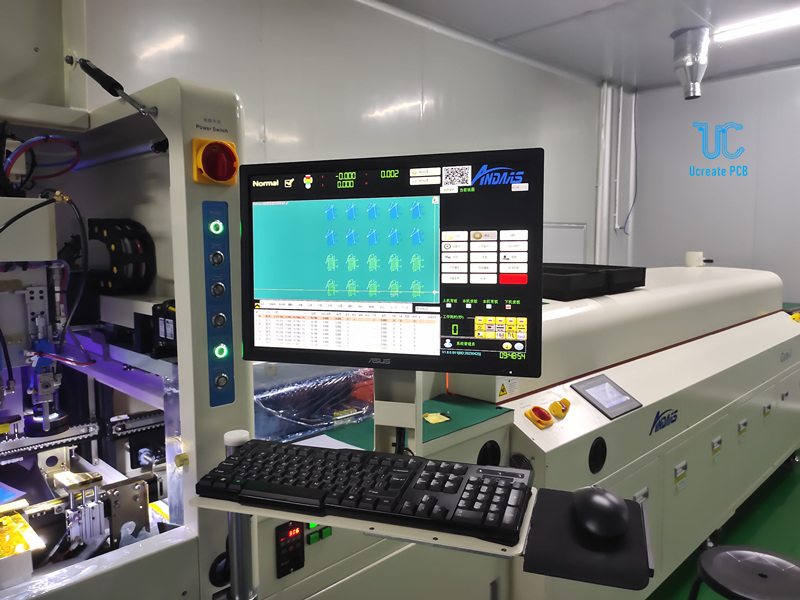
5. Reflow Soldering
After the component is placed on the solder, the flow soldering process using heat convection technology melts the solder on the pad to form the mechanical and electrical interconnection between the component lead and the pad.
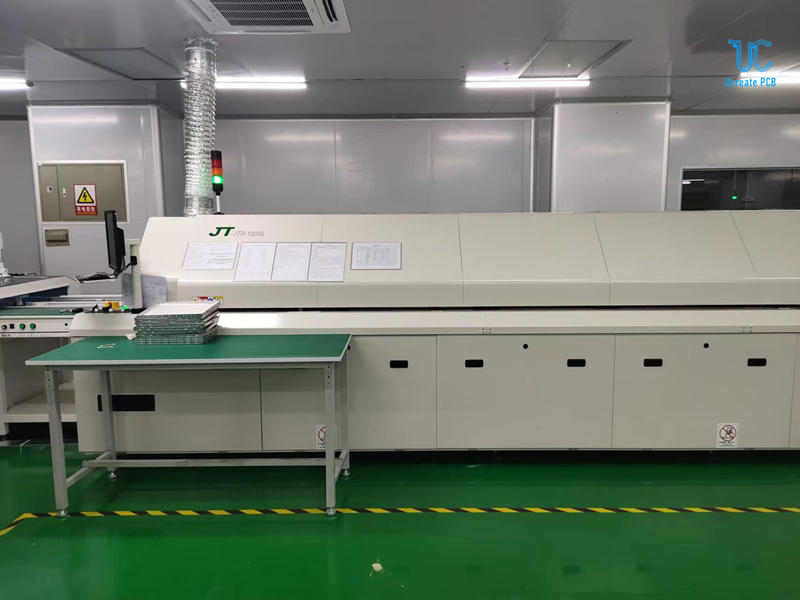
6. Component Insertion
For through-hole components and some surface mount components that cannot be mounted by
machines, such as certain plug-in electrolytic capacitors, connectors, push button switches and metal terminal electrode components (MELF), etc., manual insertion or use Automatic insertion equipment for component insertion.
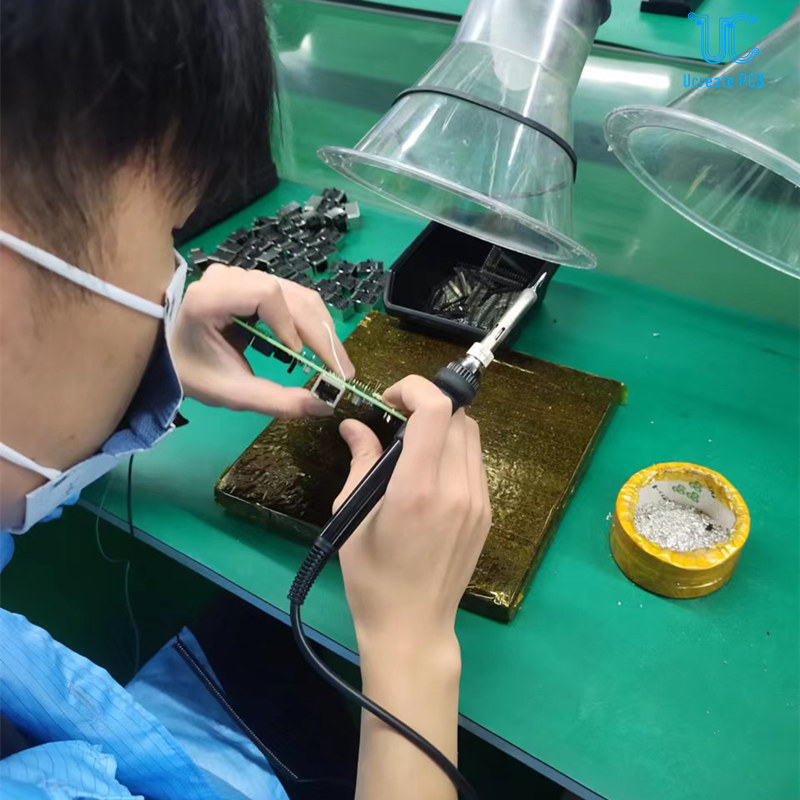
7. Wave Soldering
Wave soldering is mainly used to solder through-hole components. When the printed circuit board passes over the crest, the solder wets the leads leaking from the bottom of the printed circuit board, and at the same time, the solder is sucked into the plated socket, forming a tight interconnection between the component and the pad.
8. Cleaning
Optional process. When the solder paste contains organic components such as rosin and lipids, the residues formed by combining them with water in the atmosphere after soldering are highly chemically corrosive, and staying on the printed circuit board will hinder the reliability of the circuit connection properties, these chemicals must be thoroughly washed off.
9.Maintenance
This is an off-line process aimed at repairing defective solder joints or replacing defective components economically. Maintenance can basically be divided into three types: repair welding, heavy work and repair.
10.Electrical Test
Electrical testing mainly includes online testing and functional testing. Online testing checks whether the connection between each individual component and the test circuit is good. Functional testing judges whether the entire circuit can achieve the intended function by simulating the working environment of the circuit
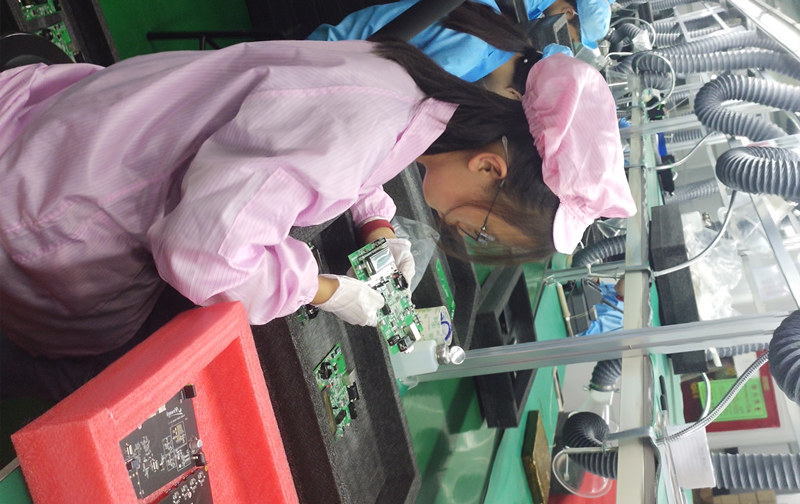
11. Quality Management
Quality management includes quality control in the production line and product quality assurance before delivery to customers. It is mainly to check defective products, feedback the process control status of products and ensure that various quality indicators of products meet customer requirements.
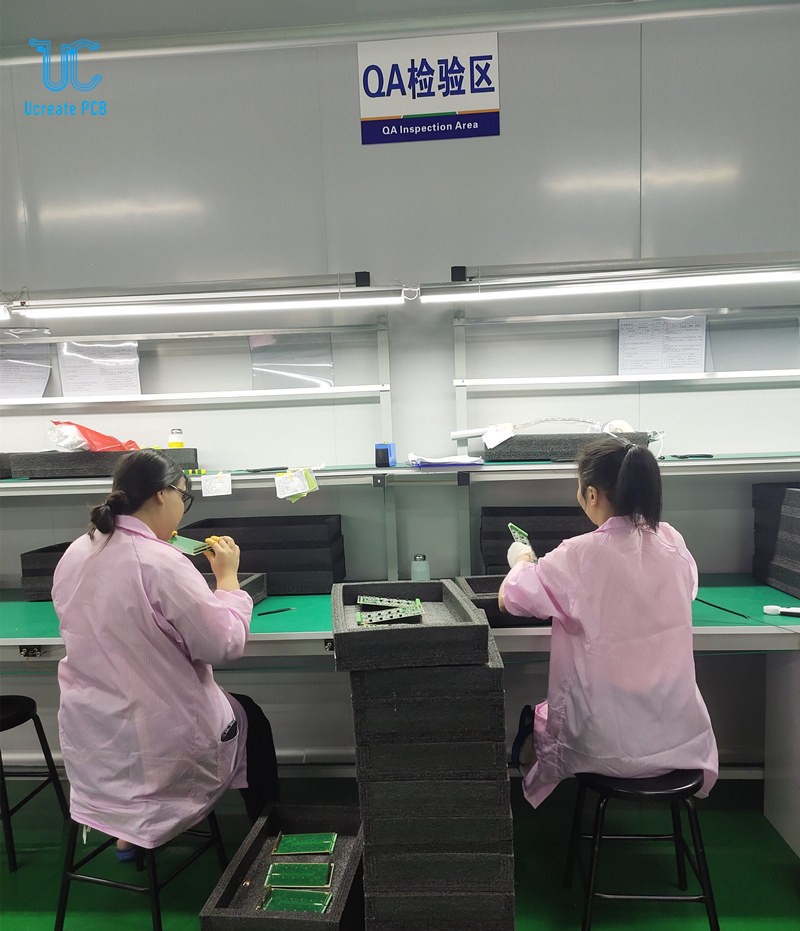
12. Packaging and Sampling Inspection
Finally, the components are packaged and sampled after packaging to ensure the high quality of the products that are about to be delivered to customers.
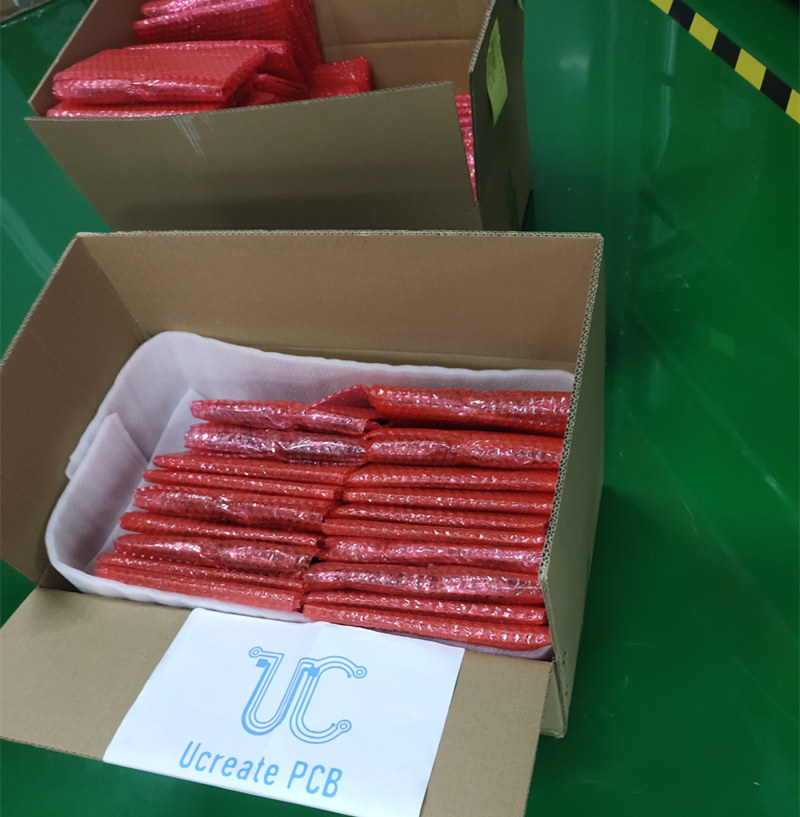
Send Your Inquiry to Sales@ucreatepcb.com, we will quote you in 2 hours!